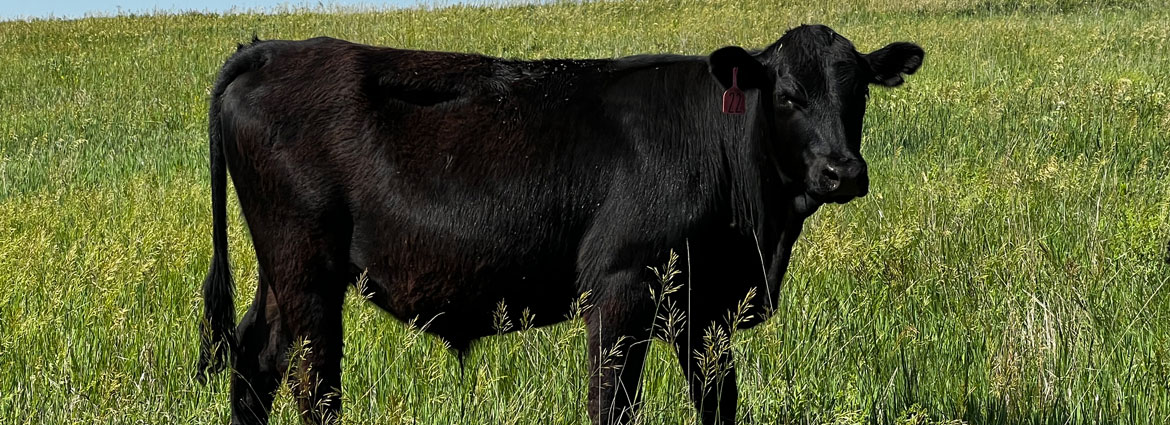
Intense Drought Impacting Kansas Grass Acres
Crops, grass, and hay suffered in 2022. The drought monitor covers over half of the continental United States. In particular, the western states and especially southwest Kansas. Our family farm in north central Kansas faired some better. However, drought was a driving issue and rainfall was limited.
Typically, we raise around 160-180 prairie hay bales on a given year. This years number was 61 bales. We also reduced our stocker herd from 300 head to 220 head anticipating a shortage of grass acres. In retrospect, this was a very good business decision, as the summer remained dry.
The impacts on crops was evident, with lower wheat and sorghum yields. Coupled with higher input prices, farmers are facing tight budgets even with elevated prices. Plus stands of wheat in our area do not look promising.
If the drought continues into 2023, we will see a reduction in cattle numbers on grass and elevated beef prices. Farmers are also going to struggle finding adequate hay and feeds.